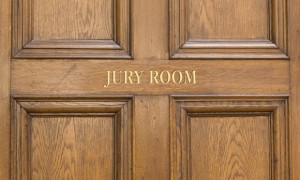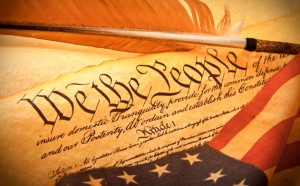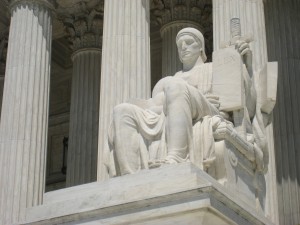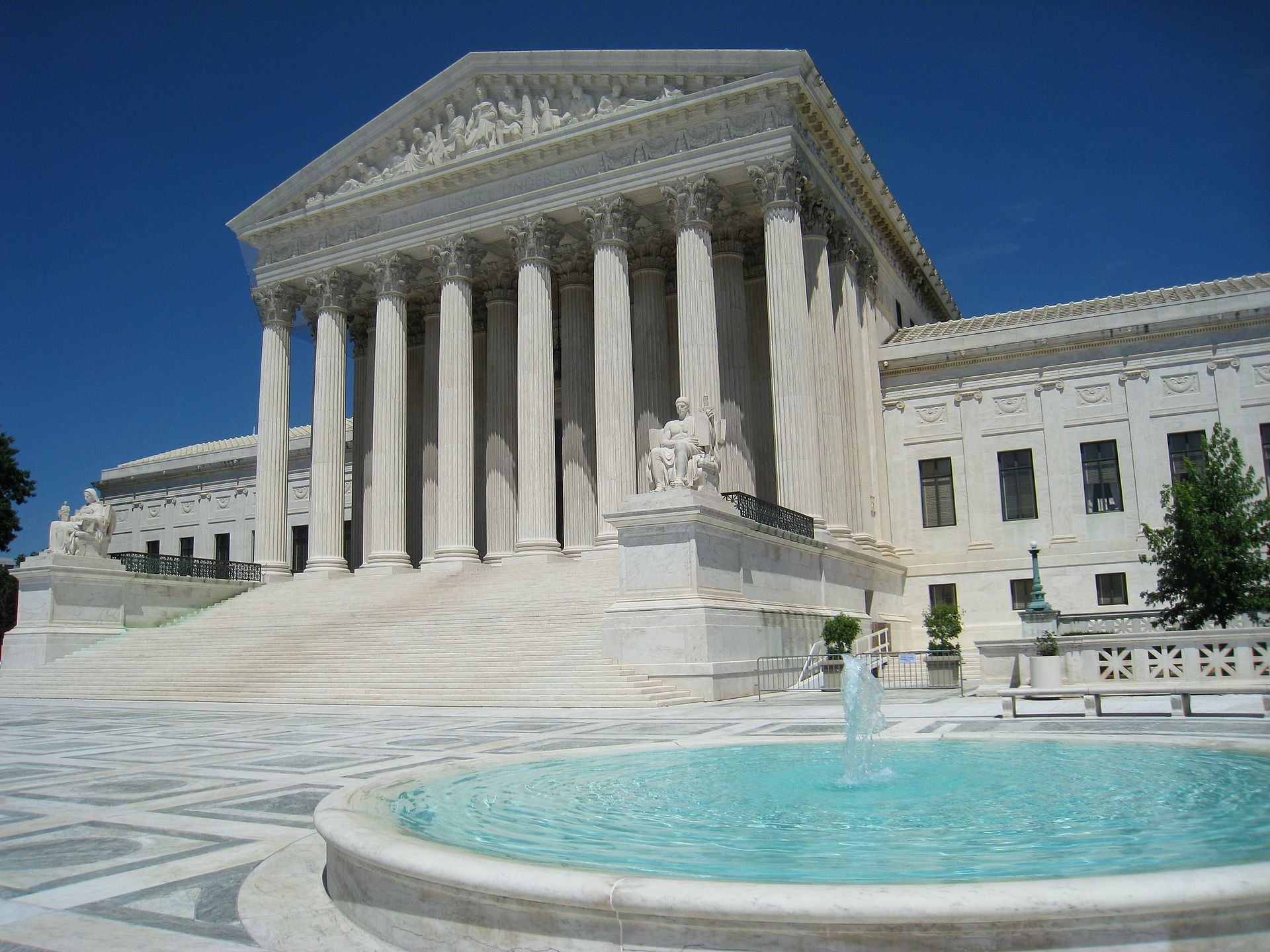Double Jeopardy: Retrial Hangs On Inconsistent Verdicts After Vacated Conviction
Bravo-Fernandez v. United States of America
Decided By United States Supreme Court November 29, 2016

Issue: Whether the issue-preclusion component of the Double Jeopardy Clause bars the Government from retrying a defendant after a jury has returned inconsistent verdicts of conviction and acquittal, and the convictions are later vacated for legal error unrelated to the inconsistency.
Holding: The United States Supreme Court held that the issue-preclusion component of the Double Jeopardy Clause does not bar the Government from retrying a defendant when the jury renders an inconsistent verdict and the defendant appeals and the conviction is reversed on grounds that had nothing to do with the inconsistency.
Facts: The jury indicted petitioners for federal-program bribery (18 U.S.C. 666), conspiracy to violate 666 ( 371), and traveling in interstate commerce to further violate of 666 (Travel Act). The jury convicted Bravo and Martnez only of the 666 offenses and acquitted them of the related conspiracy and Travel Act charges.
 Petitioners moved for judgments of acquittal on the 666 charges, relying on the Double Jeopardy Clause. They argued that the issue-preclusion component of the Double Jeopardy Clause barred the Government from retrying them. Bravo and Martnez asserted that the jurys non-guilty verdict of the two related 666 charges (conspiring to violate 666 and traveling in interstate) determined that they could not also be guilty of violating 666 since the violation of 666 is an essential element of the other two charges. The District Court denied the petitioners motions, stating that the jury simply was inconsistent.
Petitioners moved for judgments of acquittal on the 666 charges, relying on the Double Jeopardy Clause. They argued that the issue-preclusion component of the Double Jeopardy Clause barred the Government from retrying them. Bravo and Martnez asserted that the jurys non-guilty verdict of the two related 666 charges (conspiring to violate 666 and traveling in interstate) determined that they could not also be guilty of violating 666 since the violation of 666 is an essential element of the other two charges. The District Court denied the petitioners motions, stating that the jury simply was inconsistent.
The First Circuit affirmed the District Courts denial, agreeing that the jurys inconsistent verdicts were fatal to petitioners issue-preclusion plea. Petitioners argued that the eventual invalidation of the bribery convictions rendered Powells inconsistent-verdicts rule inapplicable. The Court of Appeals rejected that argument.
The U.S. Supreme Court granted certiorari.
Legal Analysis:
Petitioners
In order to resolve this issue, the court first established that the burden is on the defendant to demonstrate that the issue whose relitigation he seeks to foreclose was actually decided. Here, and similarly in Powell, the jury returned inconsistent verdicts, but the distinguishing factor was the subsequent reversal of the guilty bribery verdict.
 Defense urged that the reversal of the bribery charge rendered the jury verdict no longer inconsistent (leaving only the two acquitted counts). Specifically, defendants argued that the jury must have found them not guilty of bribery if they acquitted them of the bribery-based charges, rendering the verdict not inconsistent. Thus, the Government would not be permitted to retrial under the issue-preclusion component of the Double Jeopardy Clause.
Defense urged that the reversal of the bribery charge rendered the jury verdict no longer inconsistent (leaving only the two acquitted counts). Specifically, defendants argued that the jury must have found them not guilty of bribery if they acquitted them of the bribery-based charges, rendering the verdict not inconsistent. Thus, the Government would not be permitted to retrial under the issue-preclusion component of the Double Jeopardy Clause.
Opinion of the Supreme Court
The Supreme Court rejected defendants argument, holding that defendants failed to uphold their burden as required. The court held that the acquittal of the two bribery charges did not necessarily indicate that the jury determined that defendants were not guilty of violating 666. The court stated that it is impossible to know what the jury determined in the deliberating room regarding the actual bribery charges. The jury may have been inconsistent for a number of reasons, including properly reaching its conclusion on one count, and then arriving at an inconsistent conclusion through mistake, comprise, or lenity.
The Supreme Court rejected defendants argument that the jury must have concluded that they were not guilty of violating 666; the reversal of the bribery charge does not suggest that the jurys verdict was consistent.. Consequently, the Supreme Court must rule that the Government may retry defendants since the jurys verdict was inconsistent, regardless of the vacancy of the 666 charges.
Moreover, regarding defendants attempt to analogize the facts of Yeager with the facts of the instant case, the Supreme Court held the analogy flawed and inconsistent to the preclusion issue here. The key error in defendants argument is the assumption that the vacancy, in the case here, and the hung verdict, in Yeager, are both legal nullities. In the case of a hung count in Yeager, the jury failed to come to a conclusion about the charge. However, there is a lack of decision when the jury hangs, which was not the case here. The court held that here, the jury spoke only through its guilty verdict, thus reaffirming the inconsistent verdict.
